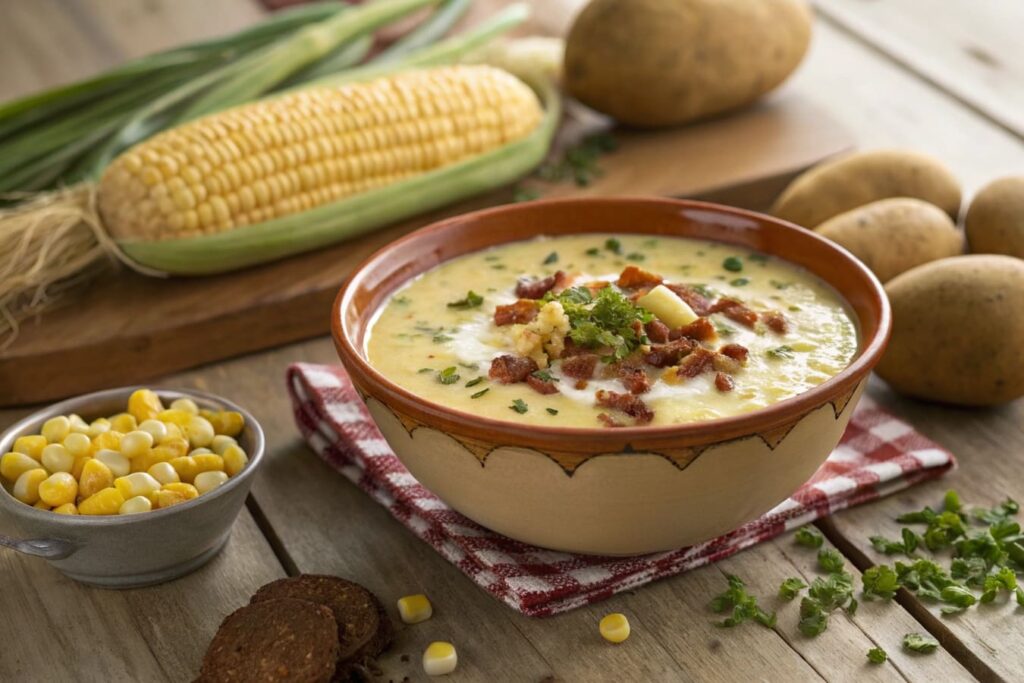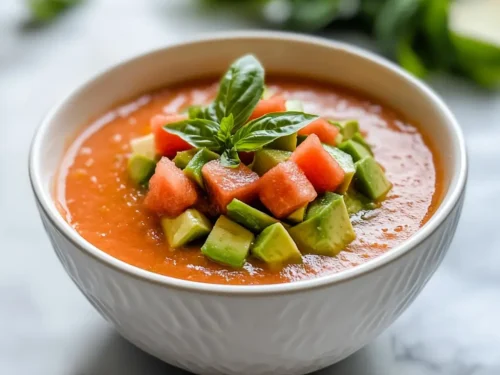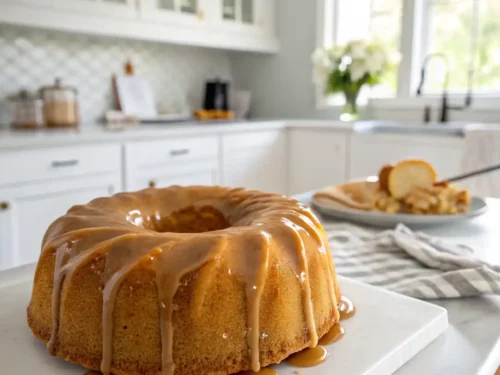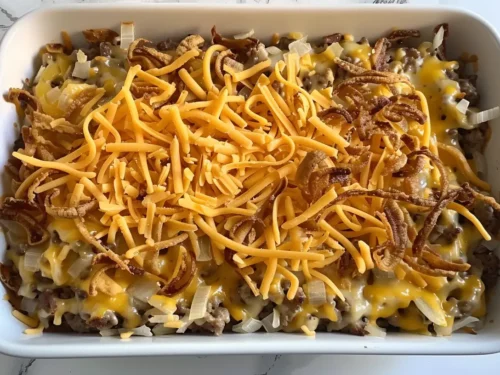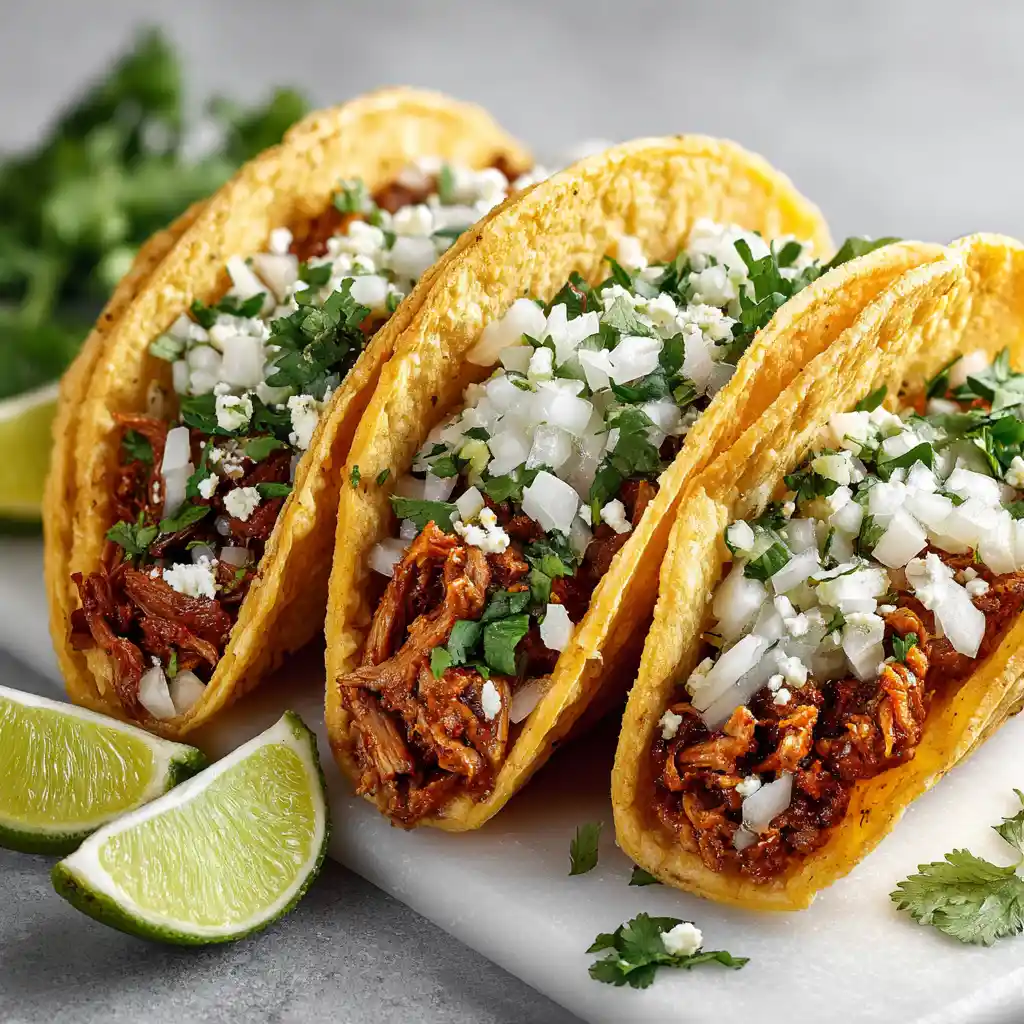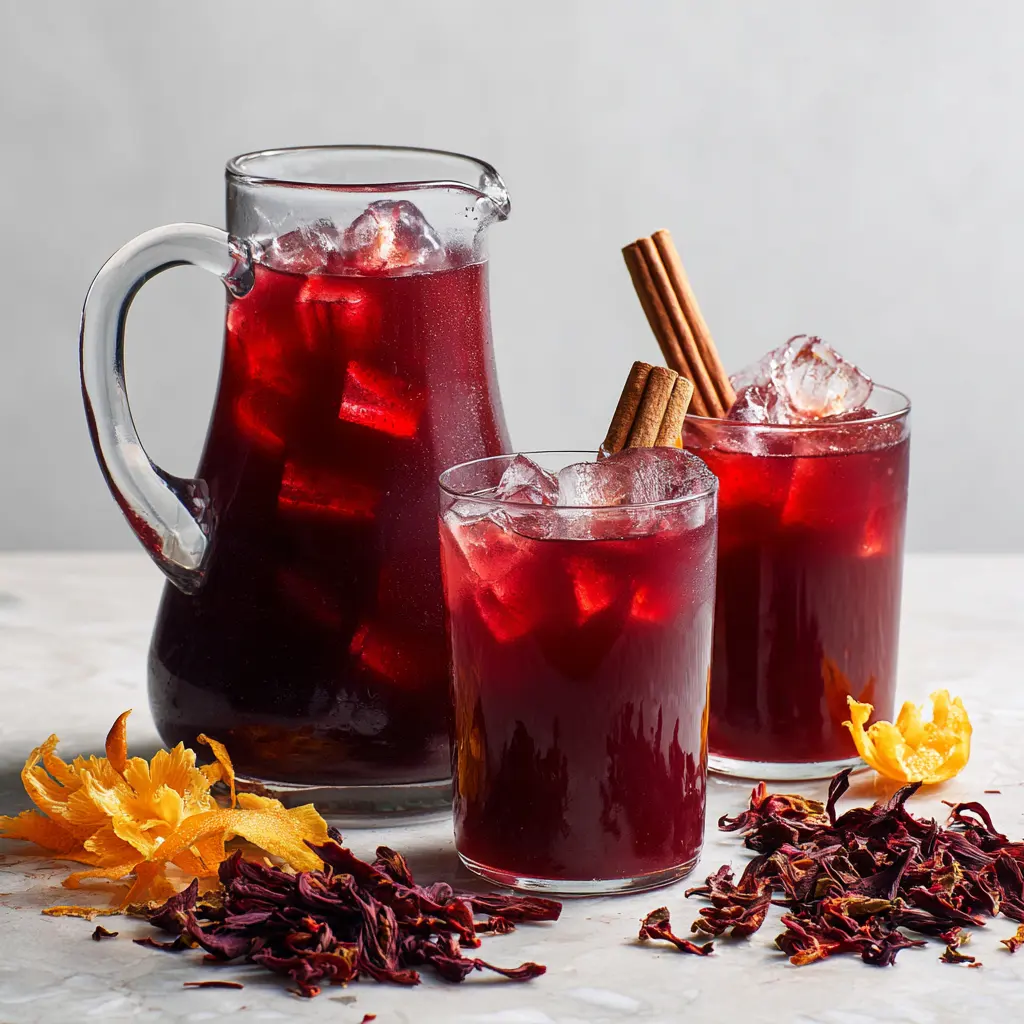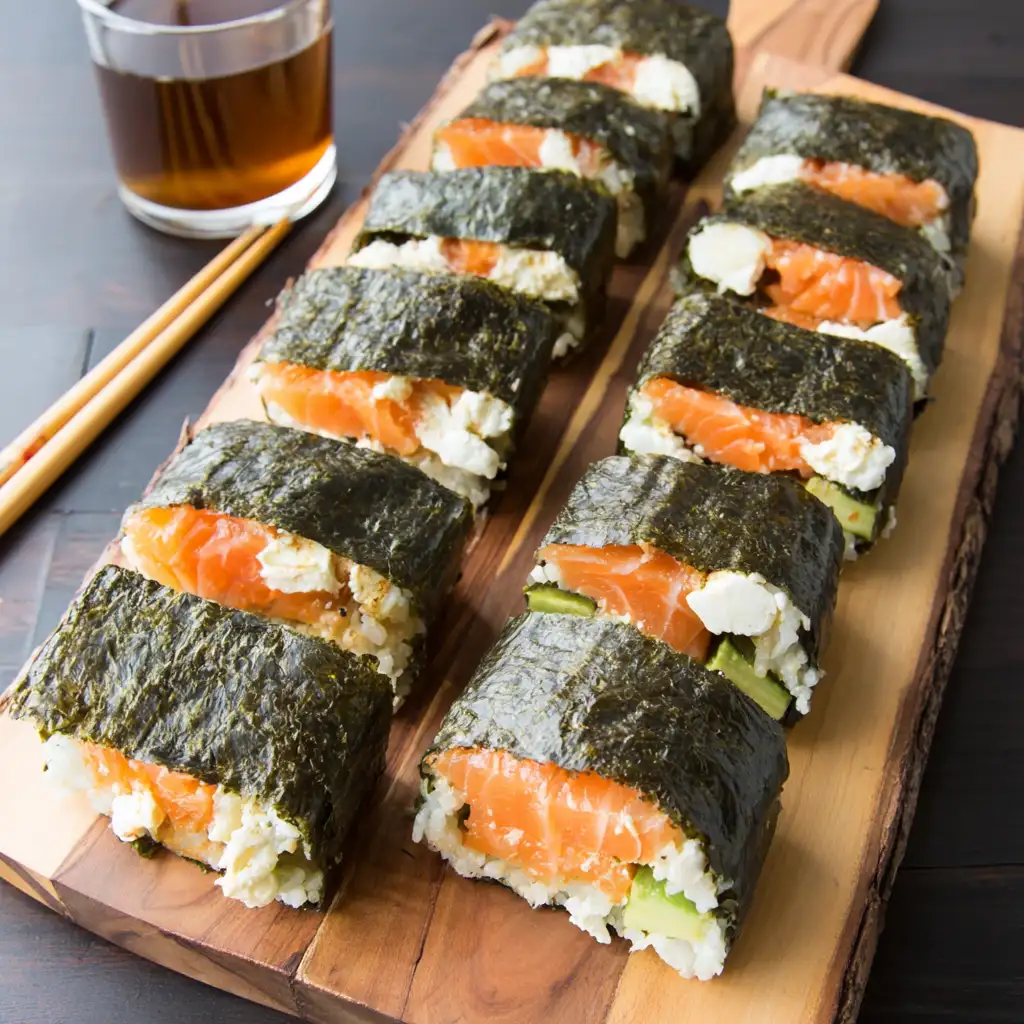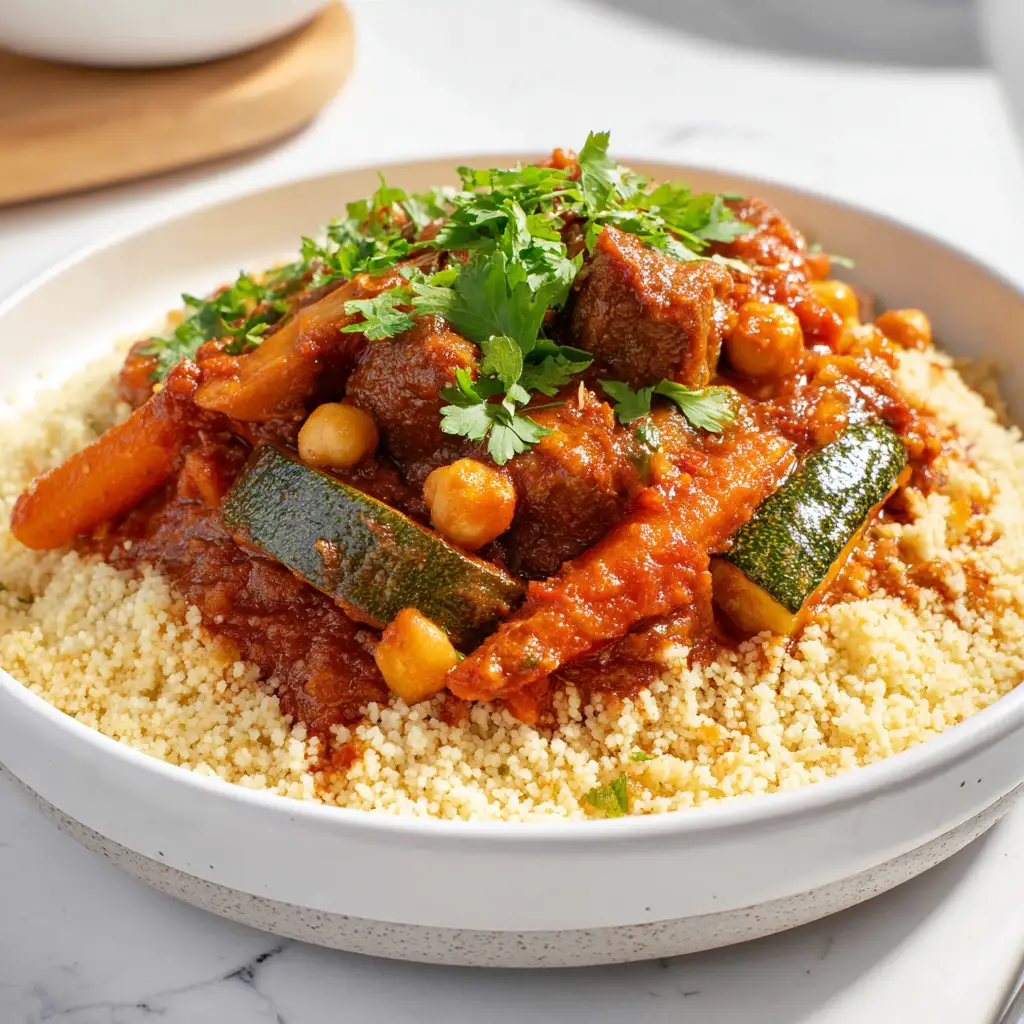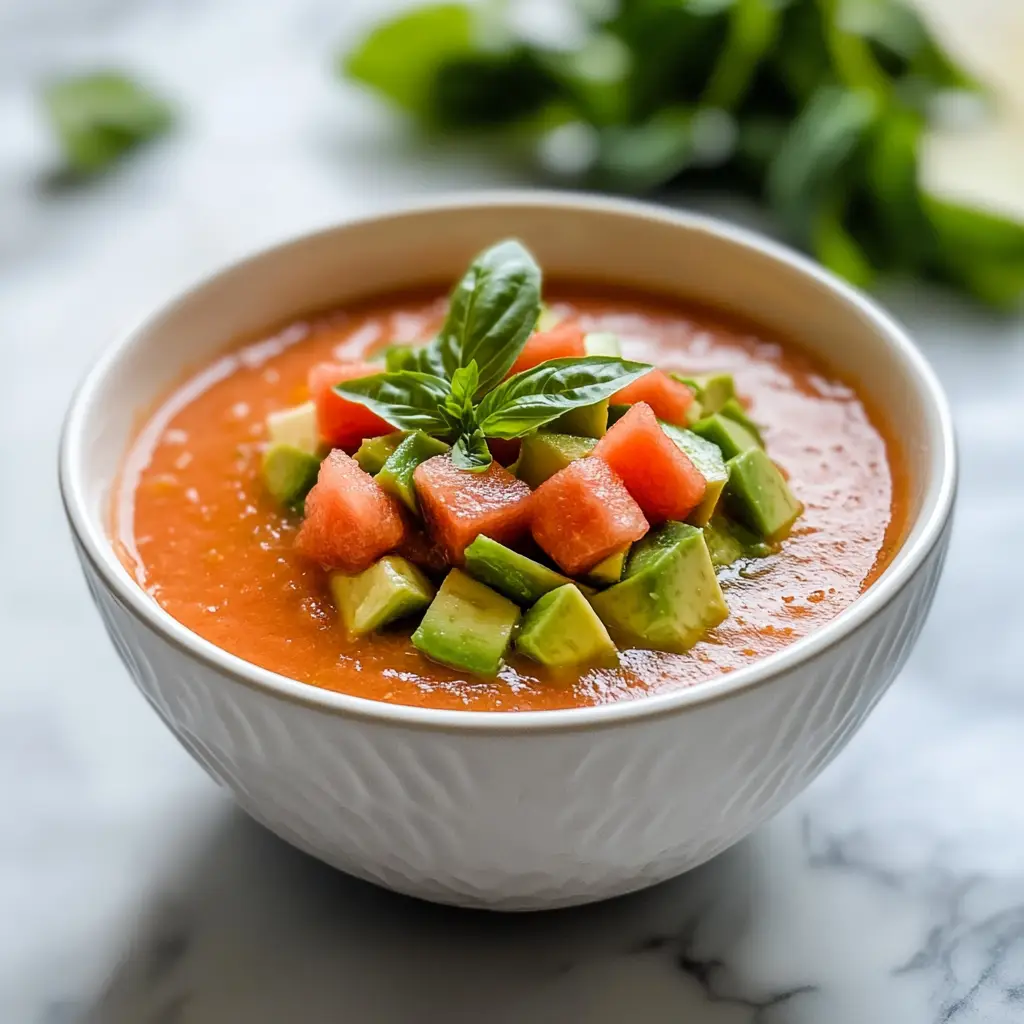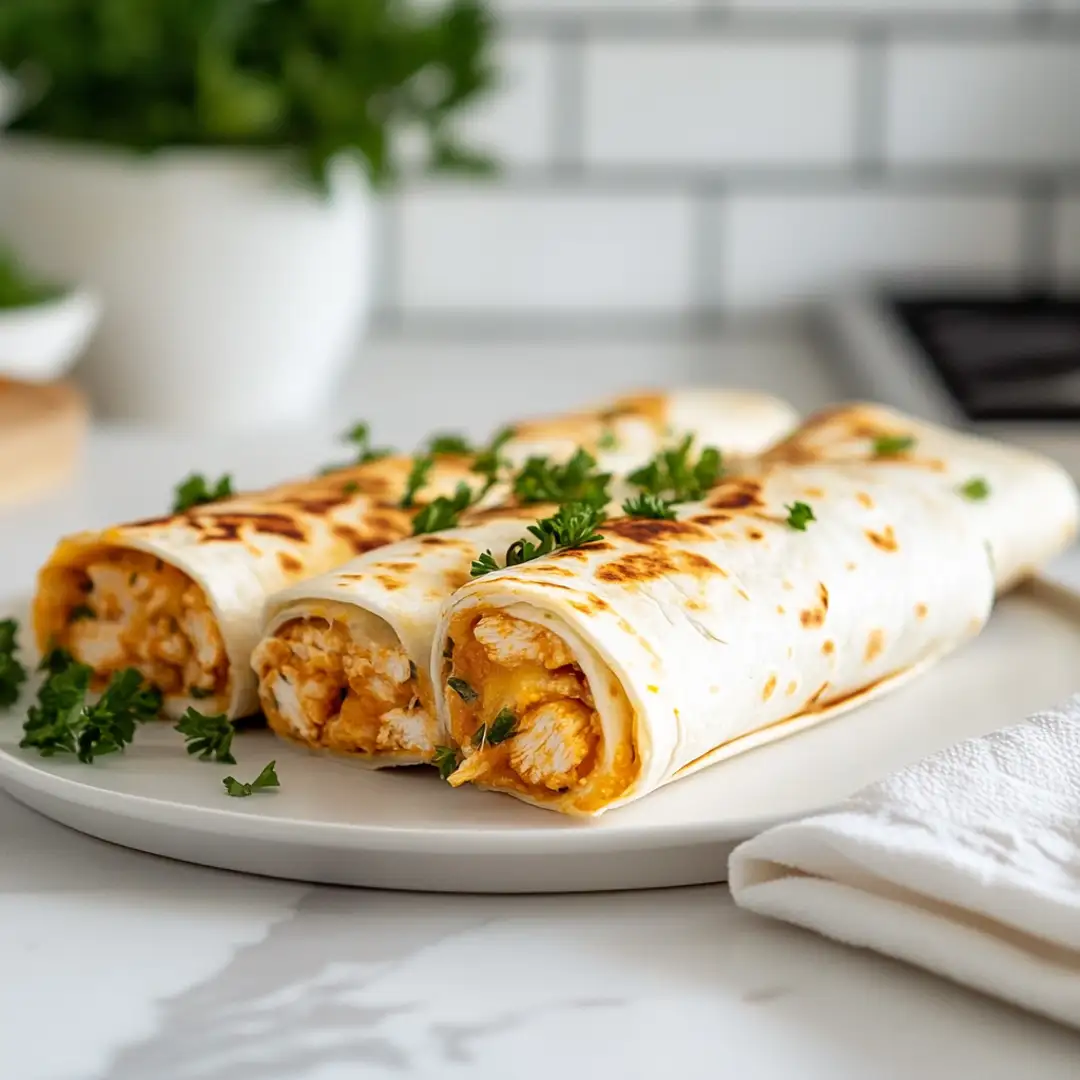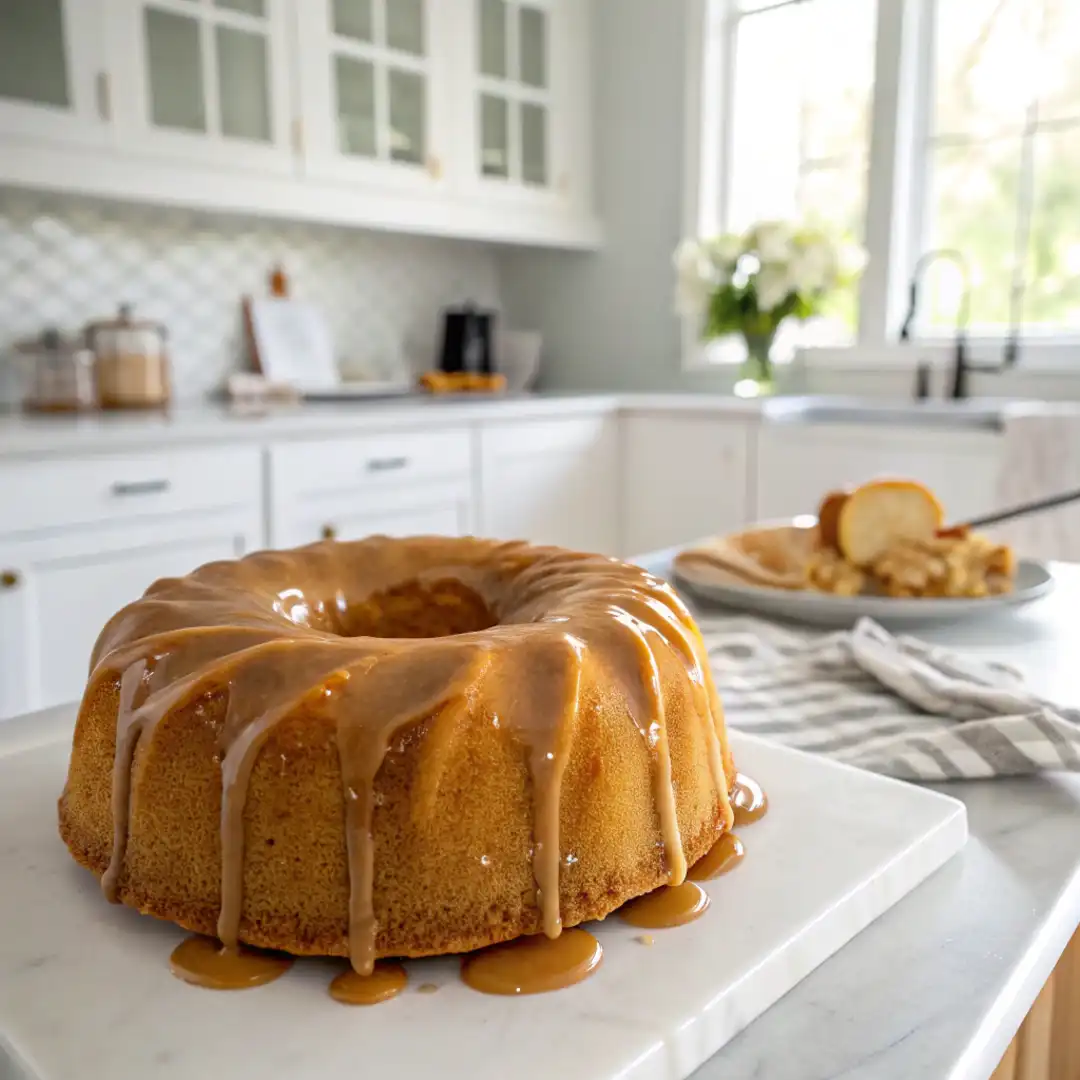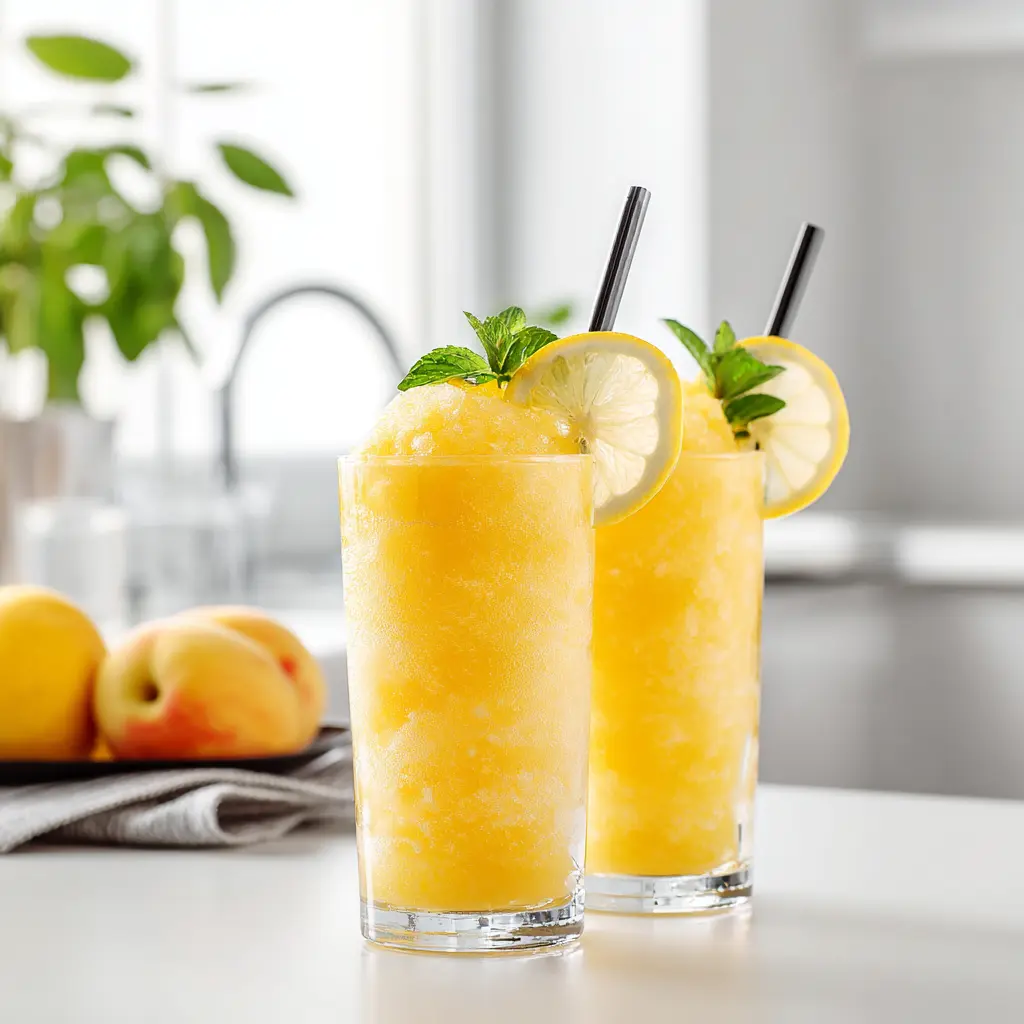In this guide, we’ll explore the roots of this dish, the essential ingredients that make it special, and step-by-step tips for creating a version that’ll impress even the toughest food critics. Along the way, we’ll highlight common mistakes, ways to customize your recipe, and some handy serving suggestions. Let’s dive in!
Introduction to Corn Chowder
What is Corn Chowder?
Corn chowder is a creamy, hearty soup made with sweet corn, potatoes, and often a splash of dairy for richness. Unlike traditional soups, chowders are thicker, offering a satisfying, stick-to-your-ribs meal perfect for chilly evenings or when you’re craving comfort food.
This dish typically combines flavors of smoky bacon, savory onions, and a dash of herbs, creating a bowl of creamy deliciousness. It’s a staple in American cuisine, but its versatility means it can adapt to a variety of culinary preferences, including vegan or seafood variations.
A Brief History of Corn Chowder
Though chowder traces its origins to French and English settlers who brought the concept to America, corn chowder evolved as a unique spin in New England, where corn was a key ingredient in local cooking. Originally a budget-friendly way to stretch simple ingredients, it has become a beloved recipe for home cooks everywhere.
Why This Recipe Stands Out
This guide isn’t just about making a corn chowder recipe—it’s about creating a memorable meal. With tips for achieving the perfect balance of creamy texture and bold flavors, along with ideas for customizing your dish, this article promises to make you a chowder pro in no time.
Essential Ingredients for a Perfect Corn Chowder

Fresh Corn vs. Canned Corn: What to Choose?
When making a corn chowder recipe, the choice between fresh and canned corn can significantly affect flavor and texture. Fresh corn, especially during peak summer, adds a sweet, crisp flavor that elevates the dish. However, canned corn offers convenience, making it an excellent alternative when fresh options are unavailable. You can even try frozen corn, which retains much of the fresh flavor and texture. For the best result, experiment to find your preferred taste and ease.
The Role of Potatoes in Chowder Recipes
Potatoes are the backbone of any hearty chowder. Not only do they add bulk and substance, but they also help thicken the soup naturally as they simmer. Yukon Gold and Russet potatoes are popular choices due to their creamy texture. Dice them evenly for consistent cooking and to ensure every spoonful delivers a comforting bite.
Enhancing Flavor with Cream, Bacon, and Spices
The creamy richness in corn chowder recipes often comes from milk, heavy cream, or half-and-half. Bacon adds a smoky undertone that balances the natural sweetness of corn. Don’t forget aromatic spices like thyme, garlic powder, or even a pinch of smoked paprika to bring depth to the flavor. To create vegetarian versions, try adding coconut milk or cashew cream for that luscious texture.
Looking for ways to customize your chowder further? Check out Vegetarian Soup Ideas for inspiration.
Step-by-Step Corn Chowder Recipe
Preparing the Ingredients
Before diving into cooking, gather your ingredients. You’ll need sweet corn (fresh, canned, or frozen), diced potatoes, onion, garlic, milk or cream, and your seasonings. Don’t forget the bacon for a smoky twist or alternative vegan options if desired. Prepping everything beforehand ensures a smoother cooking process.
Cooking Techniques for a Creamy Texture
Start by sautéing diced onions and garlic in a large pot with a touch of butter or bacon grease for flavor. Add the potatoes and corn, stirring occasionally. Next, pour in chicken or vegetable broth and bring the mixture to a gentle boil. This simmering step softens the potatoes and infuses them with flavor.
Once the potatoes are tender, stir in milk or cream and reduce the heat to prevent curdling. Let the chowder simmer gently, which helps thicken it naturally. For added creaminess, blend a portion of the soup and mix it back into the pot.
Timing Tips: From Sautéing to Simmering
Timing is key to mastering a corn chowder recipe. Allow the onions to caramelize slightly for enhanced sweetness. Simmer the potatoes until fork-tender—about 15-20 minutes—while stirring occasionally to prevent sticking. Add the cream towards the end to maintain its smooth consistency.
Variations and Add-Ons to Customize Your Corn Chowder
Vegetarian and Vegan Corn Chowder Options
Transforming a corn chowder recipe into a vegetarian or vegan dish is surprisingly simple. Instead of using bacon for smokiness, try smoked paprika or a dash of liquid smoke. Replace cream or milk with plant-based alternatives such as coconut milk or cashew cream for a luscious texture. Vegetable broth is an excellent substitute for chicken stock. Adding seasonal veggies like bell peppers or zucchini can further elevate the dish, making it a wholesome, veggie-packed meal.
Adding Seafood for a Gourmet Twist
Love seafood? Adding shrimp, crab, or even clams to your corn chowder recipe takes it to the next level. The natural sweetness of seafood pairs beautifully with the creamy corn base. To avoid overcooking, add the seafood towards the end of the cooking process, allowing it to simmer gently until tender. For an extra burst of flavor, consider using seafood stock as the base.
Seasonal Variations: Summer Corn vs. Winter Comfort
The beauty of corn chowder lies in its versatility. During summer, fresh corn kernels cut straight from the cob add a burst of sweetness and crunch. Pair it with fresh herbs like basil or cilantro for a light and refreshing take. In colder months, frozen or canned corn works perfectly, creating a cozy and hearty bowl of comfort. To enhance its warmth, add spices like nutmeg or a sprinkle of chili flakes.
For more seasonal comfort food inspiration, explore Red Pepper Gouda Soup Recipes to find your next favorite dish!
Common Mistakes to Avoid When Making Corn Chowder
Why Does My Corn Chowder Taste Bland?
A bland corn chowder recipe often results from under-seasoning. Salt enhances the natural sweetness of corn, while pepper adds depth. Fresh or dried herbs like thyme and parsley can brighten the dish, while spices like smoked paprika or cayenne add complexity. Don’t forget to taste and adjust the seasoning as the chowder cooks!
How to Prevent a Watery Texture
Thin, watery chowder can ruin the dish’s creamy appeal. To avoid this, ensure you use starchy potatoes, like Russets, which naturally thicken the soup. If it still seems too thin, a quick slurry of cornstarch and water can help. Alternatively, blend a small portion of the chowder and mix it back in to achieve that velvety texture.
Achieving the Perfect Balance of Flavors
The secret to a standout corn chowder recipe lies in balancing sweet, savory, and smoky flavors. Adding a touch of sugar can enhance the corn’s natural sweetness, while acidic ingredients like lemon juice or a splash of vinegar brighten the dish. Always layer flavors gradually, tasting as you go to find the perfect harmony.
The Science of Chowder: How to Thicken Corn Chowder
Using Flour or Cornstarch for Thickening
A common way to thicken a corn chowder recipe is by using a flour or cornstarch slurry. To do this, mix equal parts of flour or cornstarch with cold water until smooth, then slowly stir it into the chowder while it simmers. This method ensures a creamy texture without altering the flavor. If you’re gluten-free, cornstarch is a great alternative to flour. Just remember to add the slurry gradually to avoid over-thickening.
Pureeing for a Creamier Consistency
For those who prefer a more natural approach, pureeing a portion of the chowder can work wonders. Simply scoop out a cup or two of the cooked chowder and blend it until smooth. Stir the pureed mixture back into the pot, and you’ll have a rich, velvety texture without needing additional ingredients. This method works particularly well if you’re using starchy potatoes or fresh corn, as their natural sugars and starches create a luscious base.
The Role of Dairy in Texture
Adding cream, half-and-half, or milk at the end of cooking can give your corn chowder recipe a luxurious finish. For an extra indulgent touch, use heavy cream, but if you want something lighter, stick with milk or evaporated milk. Be cautious when adding dairy—always lower the heat before stirring it in to prevent curdling.
Serving Suggestions and Pairings
The Best Sides to Serve with Corn Chowder
A bowl of corn chowder is comforting on its own, but pairing it with the right side dishes can transform it into a complete meal. Serve it with warm, crusty bread to soak up every creamy drop, or try it with buttery biscuits for a Southern-inspired twist. For a lighter option, a crisp green salad with a tangy vinaigrette balances the richness of the chowder beautifully.
Wine and Beverage Pairings
When it comes to beverages, a light white wine like Sauvignon Blanc or Pinot Grigio pairs wonderfully with the creamy and slightly sweet flavors of a corn chowder recipe. For non-alcoholic options, consider serving it with sparkling water infused with citrus or a refreshing iced tea. These drinks cut through the creaminess, keeping the meal balanced and satisfying.
Garnish Ideas for Presentation
Elevate your corn chowder recipe with thoughtful garnishes. Crumbled bacon, chopped chives, or a sprinkle of smoked paprika not only add flavor but also make your chowder visually appealing. For a fresh, herbaceous touch, top it with parsley or cilantro. If you’re feeling indulgent, a drizzle of cream swirled on top adds elegance and richness.

FAQs About Corn Chowder
Why Does My Corn Chowder Taste Bland?
If your corn chowder recipe tastes bland, it’s likely due to under-seasoning. Salt is key to bringing out the natural sweetness of corn, while spices like black pepper, smoked paprika, or cayenne add depth. Fresh herbs like thyme or parsley can also brighten the flavor. Taste as you cook, and adjust seasonings gradually. Adding a splash of lemon juice or vinegar near the end can enhance the dish by adding a subtle tang.
What Is the Difference Between Soup and Chowder?
While soups and chowders are both liquid-based dishes, chowders are thicker and heartier. Chowders, including a classic corn chowder recipe, often include ingredients like cream, milk, or potatoes to create a rich, velvety texture. Soups, on the other hand, can range from light broths to pureed vegetables. Think of chowder as a warm, cozy hug compared to soup’s lighter embrace.
Why Is It Called Corn Chowder?
The term “chowder” comes from the French word “chaudière,” referring to the pot in which fishermen cooked hearty stews. Over time, regional variations emerged, with corn chowder becoming a popular version in the United States. Corn, potatoes, and cream were accessible and affordable ingredients, making this dish a staple in many households.
How Do You Thicken Corn Chowder?
There are several ways to thicken a corn chowder recipe. You can use a flour or cornstarch slurry, puree part of the soup, or rely on starchy potatoes for natural thickening. Adding cream or heavy dairy near the end of cooking also contributes to a luxurious texture. Each method creates a satisfying, thick chowder without overwhelming the flavors.
Final Thoughts and Pro Tips
Key Takeaways for a Perfect Corn Chowder
Mastering a corn chowder recipe comes down to balancing flavors and achieving the right texture. Start with fresh or quality canned corn for sweetness, and layer flavors with spices and herbs. To avoid a watery consistency, use thickening techniques like pureeing or adding a starch slurry. Remember to taste and adjust seasonings as you cook—every small tweak makes a difference.
Experimenting with Regional and Cultural Variations
Corn chowder is versatile and open to creative twists. Try adding regional ingredients like smoked sausage in the South or seafood in coastal regions. Explore global flavors by incorporating curry spices or coconut milk for an exotic spin. The possibilities are endless, and every experiment helps you discover your signature version.
With these tips and variations, your corn chowder recipe will become a go-to favorite, perfect for sharing with friends and family on any occasion!

The Ultimate Creamy Corn Chowder Recipe
Ingredients
Main Ingredients:
- 4 cups fresh or frozen sweet corn about 6 ears of corn
- 2 medium Yukon Gold or Russet potatoes peeled and diced
- 1 medium onion finely chopped
- 3 cloves garlic minced
- 4 slices of bacon chopped
- 3 cups chicken or vegetable broth
- 1 cup heavy cream or half-and-half
- 1 tablespoon unsalted butter
- 1 teaspoon smoked paprika optional
- 1 teaspoon fresh thyme leaves or ½ teaspoon dried thyme
- Salt and freshly ground black pepper to taste
Optional Garnishes:
- Crumbled bacon
- Chopped chives or parsley
- Shredded cheddar cheese
Instructions
Cook the Bacon:
- In a large pot, cook the chopped bacon over medium heat until crispy. Remove and set aside, leaving about 2 tablespoons of bacon fat in the pot.
Sauté Vegetables:
- Add the butter to the pot. Sauté the onions and garlic until soft and fragrant, about 3-4 minutes.
Add Potatoes and Corn:
- Stir in the diced potatoes and corn, cooking for 3-4 minutes to coat them in the bacon fat and butter.
Simmer the Broth:
- Pour in the chicken or vegetable broth, bring to a boil, then reduce heat to low. Cover and let simmer for 15-20 minutes, or until the potatoes are tender.
Blend for Thickness (Optional):
- For a creamier chowder, blend about 1-2 cups of the soup in a blender or with an immersion blender, then return it to the pot.
Add Cream:
- Stir in the heavy cream or half-and-half. Simmer on low for another 5 minutes without boiling. Season with smoked paprika, thyme, salt, and pepper to taste.
Serve and Garnish:
- Ladle the chowder into bowls and garnish with crumbled bacon, chopped chives, or shredded cheese. Serve warm with crusty bread or a side salad.


